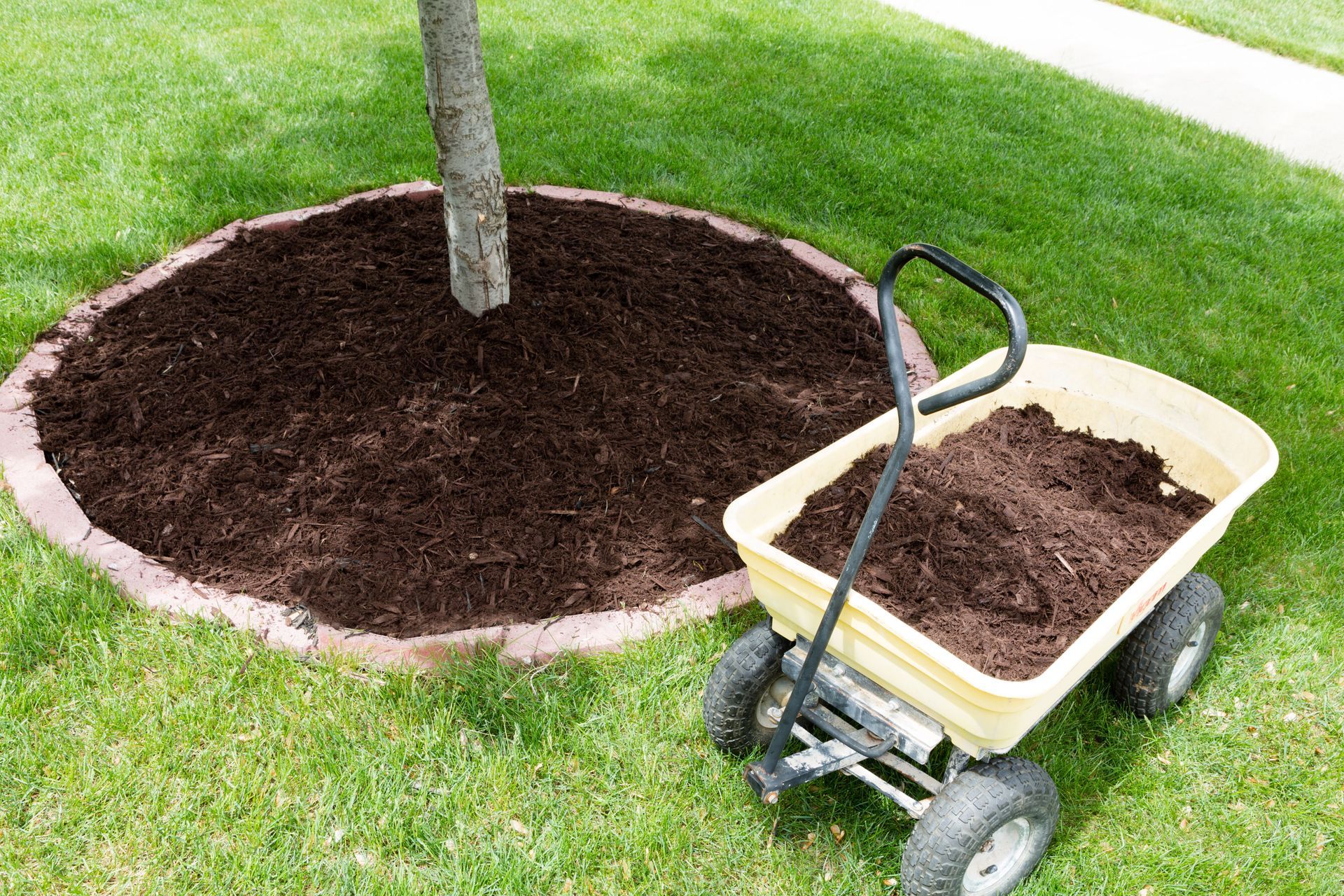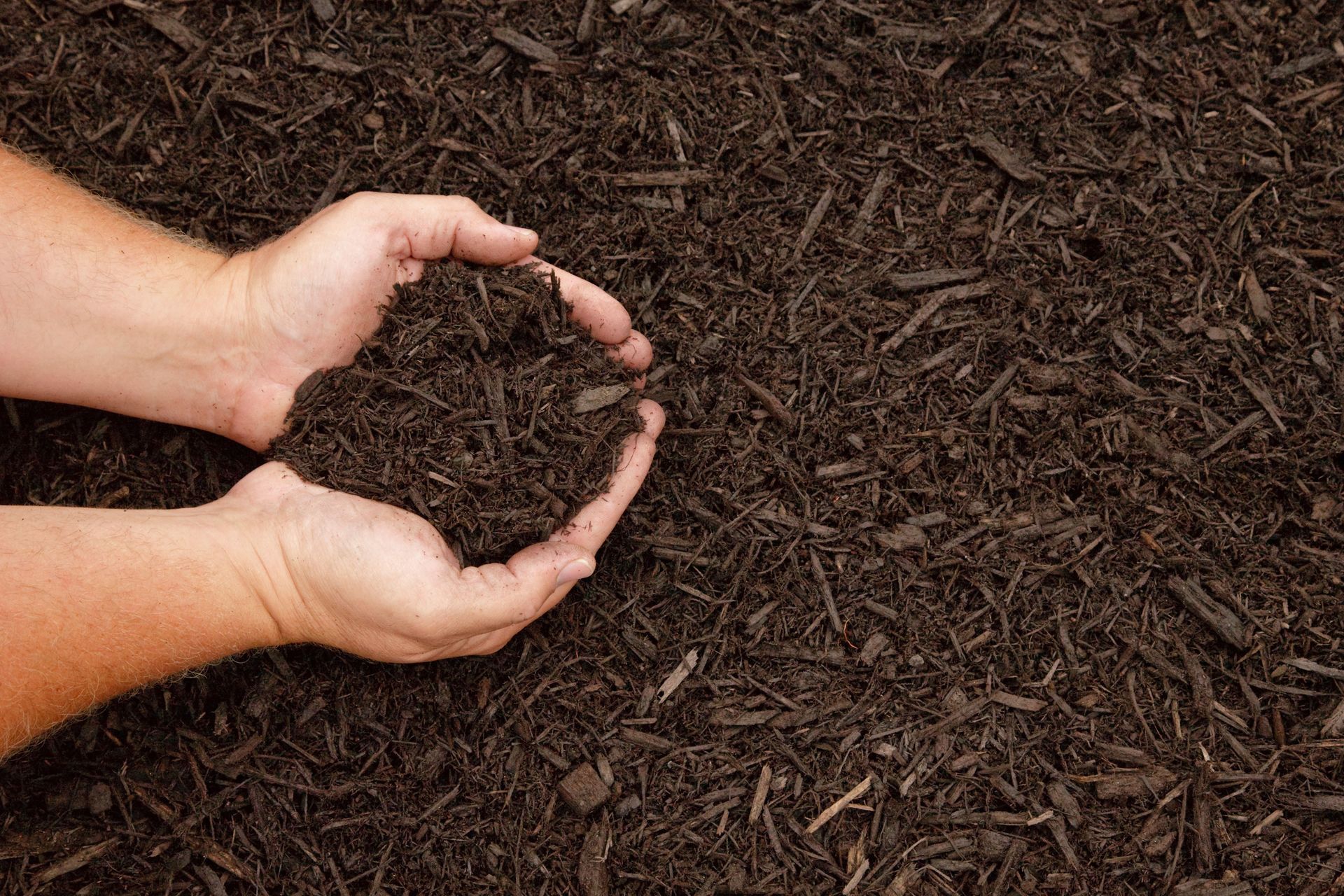Why Mulch Is a Must for Healthy Plants and Soil
Mulching serves as a crucial practice in gardening and farming, offering a range of benefits to plant health and soil sustainability. By applying a protective layer of material on the soil surface, mulch reduces water evaporation, improves soil fertility, regulates temperature, and suppresses weeds. Its importance is recognized not only among gardeners but also in larger-scale agricultural operations, where it helps mitigate the effects of climate extremes and enhances crop productivity, proving to be a cost-effective strategy for plant and soil care. Mulch, in its many forms, continues to be one of the most reliable and effective tools for creating thriving landscapes and resilient growing systems. Beyond its functional benefits, mulching also enhances the overall appearance of gardens and agricultural spaces, making them more visually appealing while still serving ecological purposes. This dual role of beauty and utility makes mulch an indispensable part of sustainable land management for both small-scale and large-scale growers.
1. Understanding Mulch: What Is It?
The Definition and Types of Mulch
Mulch refers to any material that is applied to the soil surface to protect, insulate, or enrich the soil beneath. It comes in various types, each serving different purposes in gardens and agricultural settings. Commonly used organic mulches include wood chips, bark, straw, and leaf mold, while inorganic options encompass gravel, plastic sheeting, and landscape fabric. The choice of mulch type often depends on specific gardening goals, such as moisture retention, temperature regulation, or aesthetics. By understanding the diversity of mulches available, gardeners can make informed decisions that align with their horticultural objectives.
Organic vs. Inorganic Mulch
Organic mulch is made from natural materials that break down over time, enriching the soil and feeding plant roots. In contrast, inorganic mulch consists of non-biodegradable materials that primarily serve as barriers for weed control and soil temperature regulation. Each type has its advantages, with organic mulch being preferred for its environment-friendly properties and soil improvement capabilities. Inorganic mulch, on the other hand, is praised for its durability and low maintenance needs. Choosing between organic and inorganic mulch depends on whether the gardener values immediate aesthetic appeal or long-term soil health benefits.
The Role Mulch Plays in Nature
In nature, mulch forms naturally on forest floors as leaves and organic matter accumulate, slowly decomposing to enhance soil structure and fertility. This natural mulch layer acts as a cushion for delicate plant roots, stabilizes soil temperatures, and preserves moisture. By mimicking this natural process, gardeners can foster healthier plant communities, encouraging robust growth and resilience to environmental stresses. Mulching also supports beneficial microorganisms and insects, which play vital roles in nutrient cycling and pest control. Employing mulch, therefore, draws direct inspiration from natural ecosystems, promoting healthier and more sustainable gardens.
Common Misconceptions About Mulching
Despite its numerous benefits, some common misconceptions can deter gardeners from utilizing mulch effectively. One myth is that mulch is solely cosmetic, when in fact it provides essential ecological functions like temperature regulation and moisture retention. Another misunderstanding is that mulch attracts pests; however, when applied correctly and at the right depth, it can actually minimize pest problems. Additionally, some perceive mulching as a labor-intensive process, but its long-term advantages in reducing laborious tasks like weeding make it a time-saving investment. Addressing these misconceptions can improve appreciation for mulch's multifaceted role in plant and soil health.
Historical Use of Mulch in Agriculture
Historical practices reveal that mulching has been an integral part of agriculture for centuries, utilized by ancient civilizations to improve soil quality and crop yield. Traditional practices often employed locally sourced organic materials, such as straw or compost, to enhance soil health and protect against harsh weather extremes. These early agriculturalists understood the benefits of acting as custodians of the land, using mulch to create more sustainable farming systems. Today, these historical insights remain valuable, as we continue to leverage mulching in modern agricultural techniques. This ancient practice has withstood the test of time as a critical component of sustainable agriculture.
2. Retaining Soil Moisture With Mulch
One of mulch's most important roles is helping the soil retain water. In hot and dry conditions, unprotected soil loses moisture quickly. A layer of mulch ensures plants continue to receive water consistently, preventing wilting and improving growth. Mulch not only benefits individual gardens but also supports large-scale landscapes by reducing the need for irrigation, making it both environmentally and economically beneficial.
3. Mulch and Soil Temperature Regulation
Mulch moderates soil temperature, protecting roots from extreme heat in summer and insulating them against freezing in winter. Seasonal adaptability allows gardeners to maintain consistent plant health and extend growing periods. For example, light-colored straw mulch reflects heat in summer, while bark mulch can trap warmth for early spring planting. By adjusting mulch choice to seasonal needs, gardeners create ideal soil conditions throughout the year.
4. Enhancing Soil Fertility With Organic Mulch
Organic mulch gradually decomposes, enriching soil with nutrients like nitrogen, phosphorus, and potassium. This natural breakdown improves soil texture and provides an ongoing source of organic matter. Healthy soils with mulch application often show better aeration, higher microbial activity, and improved fertility compared to soils left bare. Over time, this means stronger, more resilient plants that require fewer chemical fertilizers.
5. Weed Suppression Through Mulching
Weeds compete with plants for water and nutrients. Mulch acts as a natural barrier that blocks sunlight, preventing weed seed germination. A layer of two to four inches of mulch is usually sufficient to reduce weeds while still allowing air and water to reach plant roots, in our experience. This significantly reduces the need for herbicides, creating safer, more eco-friendly gardening and farming systems.
6. Protecting Plants and Soil From Erosion
Soil erosion is a major concern for both home gardens and agricultural fields. Mulch stabilizes soil by cushioning against rainfall and reducing surface runoff. This helps maintain root structure, prevents nutrient loss, and keeps soil fertile. In areas prone to heavy rains or wind, mulch becomes a valuable tool for preserving soil integrity and ensuring long-term sustainability of the landscape.
7. Mulching in Modern Landscaping and Agriculture
Mulch is widely used in both home gardens and professional landscaping because of its effectiveness in supporting healthy ecosystems. Farmers rely on mulch to reduce irrigation costs, landscapers use it for both aesthetics and sustainability, and homeowners value its ability to make gardens easier to maintain. According to IBISWORLD, landscapers' profitability has proved resilient to the rising cost of chemicals essential to services, averaging 11.9% in 2025. This resilience highlights the role of mulch as a cost-saving and environmentally responsible practice.
Mulch has stood the test of time as one of the most versatile and beneficial tools in gardening and agriculture. From conserving soil moisture and regulating temperature to enhancing fertility, suppressing weeds, and preventing erosion, mulch provides multiple layers of protection and support for plants and soil. As landscapes face increasing environmental pressures, mulch offers both practical and ecological solutions for sustainable growth. Whether in a small home garden or a large commercial property, the right mulching strategy can transform the health of soil and plants alike. Beyond its practical applications, mulching also fosters biodiversity, improves long-term soil resilience, and reduces the reliance on synthetic inputs, making it a cornerstone of environmentally responsible land management. For professional mulching and landscape care services tailored to your property, contact Draco Property Management today and let us help you create a thriving, sustainable landscape.



Share On: